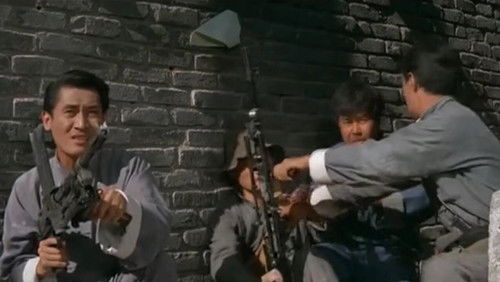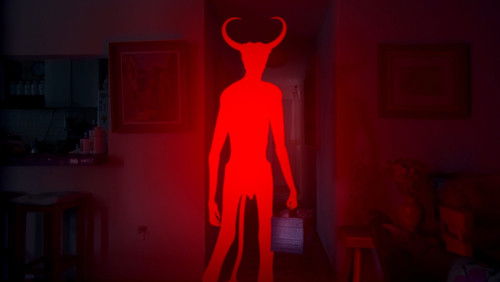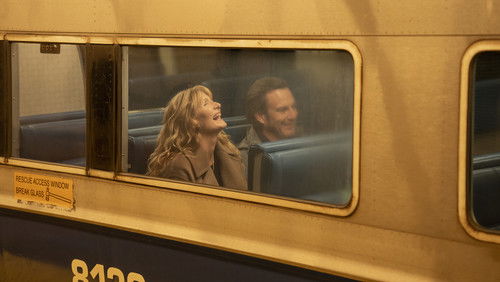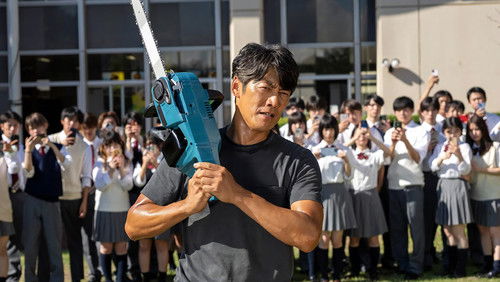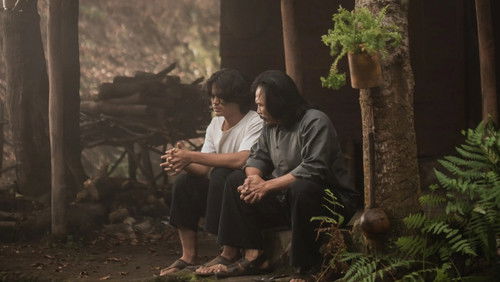Shinsengumi (1969)
24KShinsengumi: Directed by Tadashi Sawashima. With Toshirô Mifune, Keiju Kobayashi, Kin’ya Kitaôji, Rentarô Mikuni. Feudal Japan. Kamo Serizawa and Isami Kondo turn a collection of student fencers into a band of assassins known as the Shinsen Group, devoted to the Tokugawa shogunate and to an elegant code of action and behavior. Kondo leads the band against the forces of the Emperor in hopes of preventing his restoration to the throne.
“SHINSENGUMI (aka BAND OF ASSASSINS, 1970) is a large-scale Japanese samurai drama based on actual events and historical figures. It tells the tale of what is essentially a paramilitary group of citizens who become swordsmen in the service of the Shogun in his conflict with the Emperor during the final years (1863-1868) of the Tokugawa Shogunate. This conflict, precipitated by the opening of Japan to the west, paralleled Americau0026#39;s own Civil War, which happened roughly around the same time (1861-65). The result, in Japan, was the onset of the Meiji Restoration, which led to Japan restoring the Emperor to power, adapting to new knowledge from the west, and emerging as an industrial and world power in its own right.u003cbr/u003eu003cbr/u003eToshiro Mifune stars as Isami Kondo, the noble and idealistic farmer-turned-swordsman who becomes chief of the Shinsengumi, as the group is known, after killing Serizawa Kamo (played by Rentaro Mikuni), the first chief, a samurai who had become corrupt and arrogant. The film follows key events and battles in the course of the period covered, 1863-69, and the shifts in the political winds, as the Emperor soon aligns himself with pro-western forces, the Shogun withdraws from the struggle, and the Shinsengumi find themselves declared outlaws and rebels despite the fact that the group had originally formed to combat rebels opposing the Shogun. All of this is seen through the eyes of Kondo, an honest but hardened man who has imposed on his men a strict set of samurai rules which require the act of seppuku (ritual suicide) by any of them if they break a rule. As he tries desperately to hold onto his obsolete code, his world comes crashing down around him and he and his men (and Japan) pay a huge price. At some point, it all must seem supremely futile to him, yet he trudges on, following his destiny to the sad, bitter end.u003cbr/u003eu003cbr/u003eThe movie doesnu0026#39;t seem to take sides but simply presents scenes from the rise and fall of the Shinsengumi. Their values seem horribly outmoded even at the time the events are taking place and they seem to cause an awful lot of pointless death and destruction. Kondo is neither romanticized nor glamorized, although Mifuneu0026#39;s portrayal certainly ennobles him as a sincere, loyal man who was simply swept up and engulfed in the tide of overwhelming historical and social forces that had been building up throughout the feudal era. Japanese viewers donu0026#39;t need a guide to the background story, since this is a piece of history that is rigorously taught in their classes. Non-Japanese viewers, however, may need to study a little before watching this film (and I donu0026#39;t mean watching THE LAST SAMURAI first), since itu0026#39;s never clear from the film what the differences are between the Shogun and the Emperor or why theyu0026#39;re at war. Whou0026#39;s fighting who and why are questions not adequately answered for viewers not already familiar with the history behind the movie, so I would urge some research into the period first. There were a lot more issues at play than the question of Japanu0026#39;s impending modernization.u003cbr/u003eu003cbr/u003eThis is one of the most important Japanese samurai films, although I would hesitate to group it with such other classic samurai films as SEVEN SAMURAI, YOJIMBO, the SAMURAI trilogy, SWORD OF DOOM and SAMURAI REBELLION, to name a few. There is no adventure here, no excitement or romance. The swordplay is not intricately choreographed. It is awkward, messy, and grueling, exactly the way it would be if undertaken by farmers-turned-swordsmen, even though they have trained in swordplay for years under Kondo. One of the new recruits is an accountant from an affluent family whose fate is particularly heart-wrenching and provides the turning point of the film.u003cbr/u003eu003cbr/u003eItu0026#39;s all masterfully photographed and staged, complete with a somber music score by veteran composer Masaru Sato. This is a film that should be seen by all those interested in Japanese cinema and Japanese history. I would particularly like to single this film out for fans of the Japanese animated TV series, u0026quot;Rurouni Kenshin,u0026quot; and its made-for-video prequels (marketed in the U.S. as u0026quot;Samurai Xu0026quot;), all of which touch on, in some way or other, the turbulent period covered by this movie. I should also point out that a live-action TV series entitled u0026quot;Shinsengumi,u0026quot; on the same subject, premiered on Japanese TV in 2004.”

